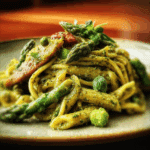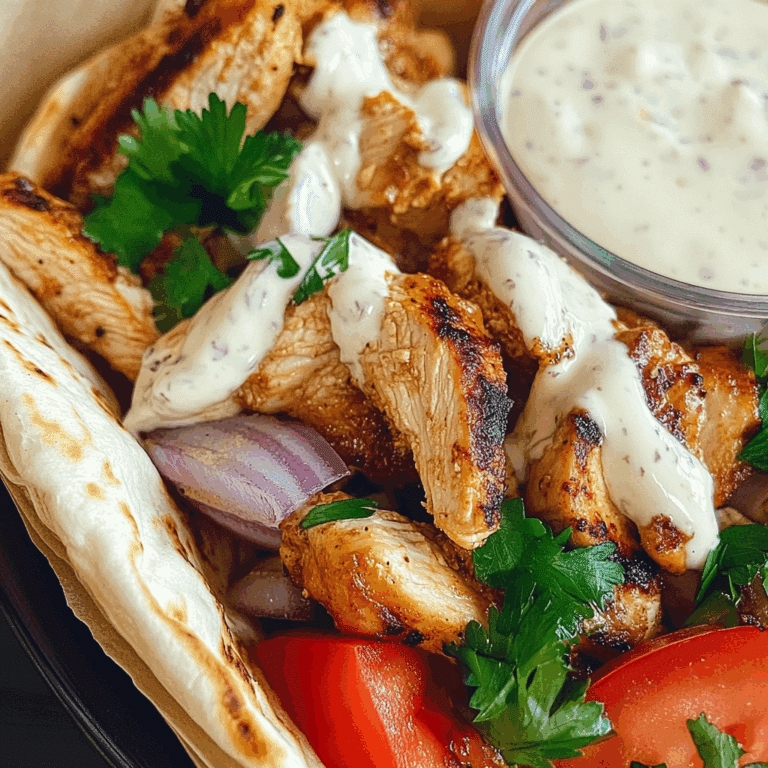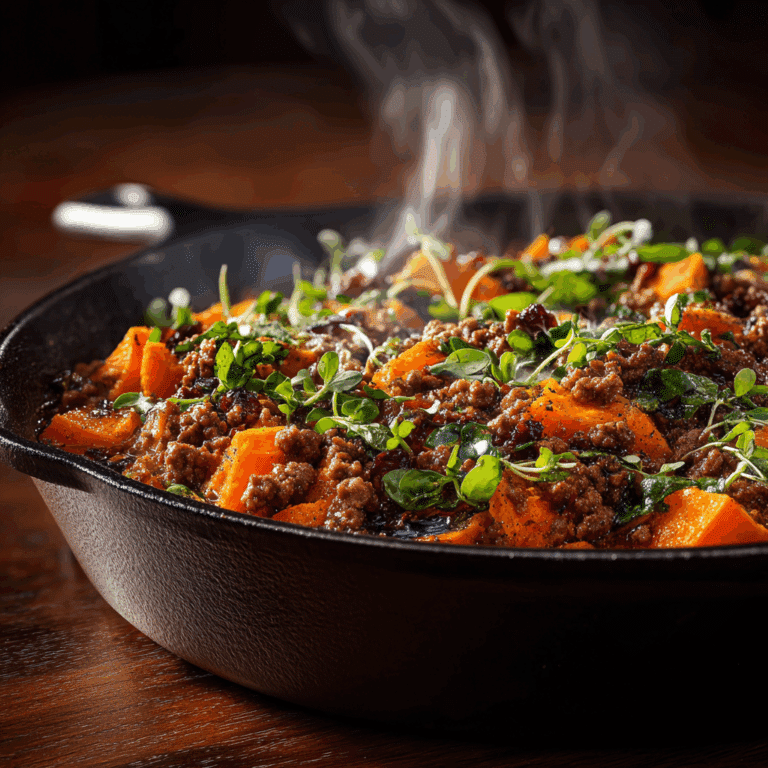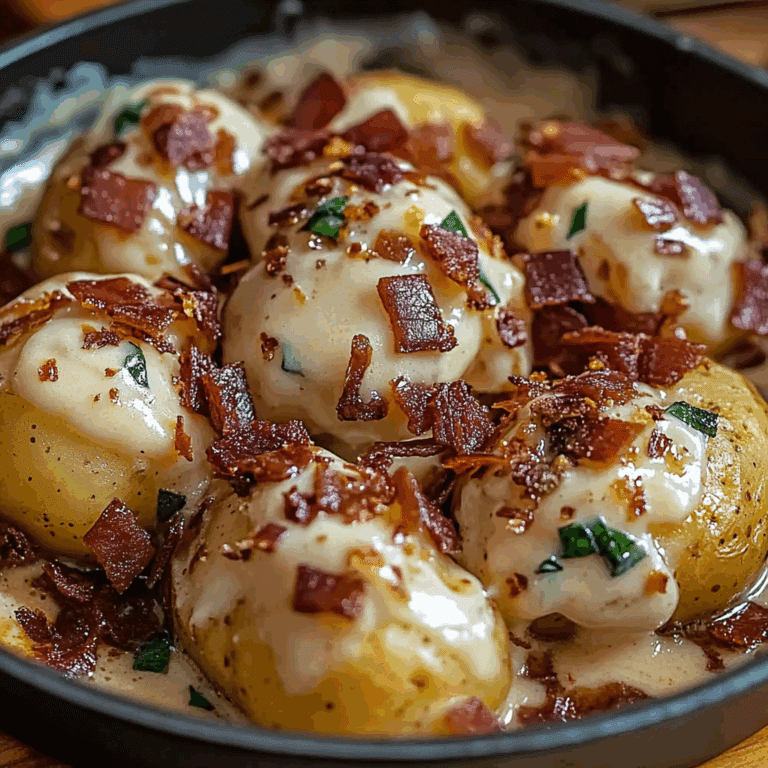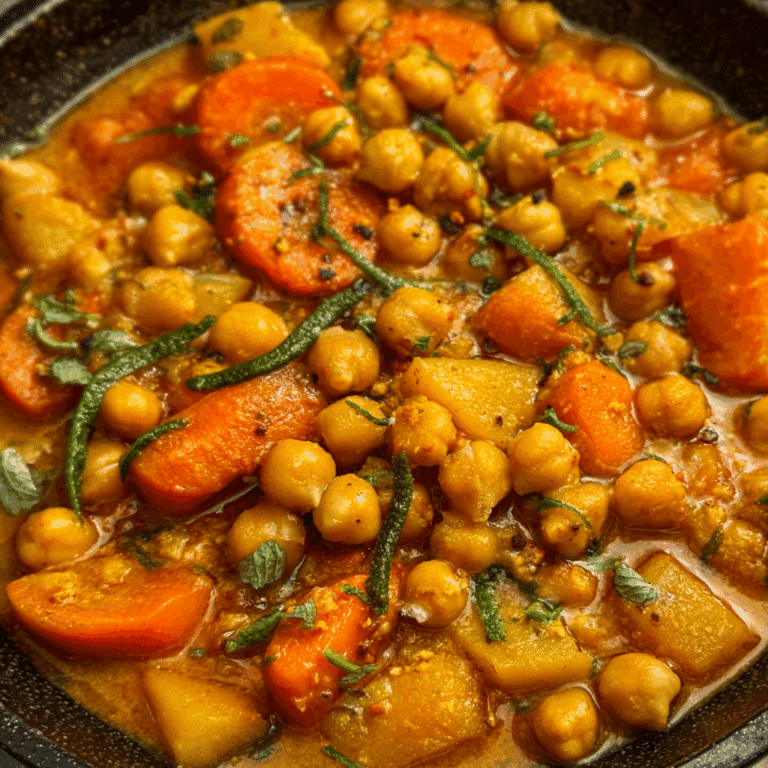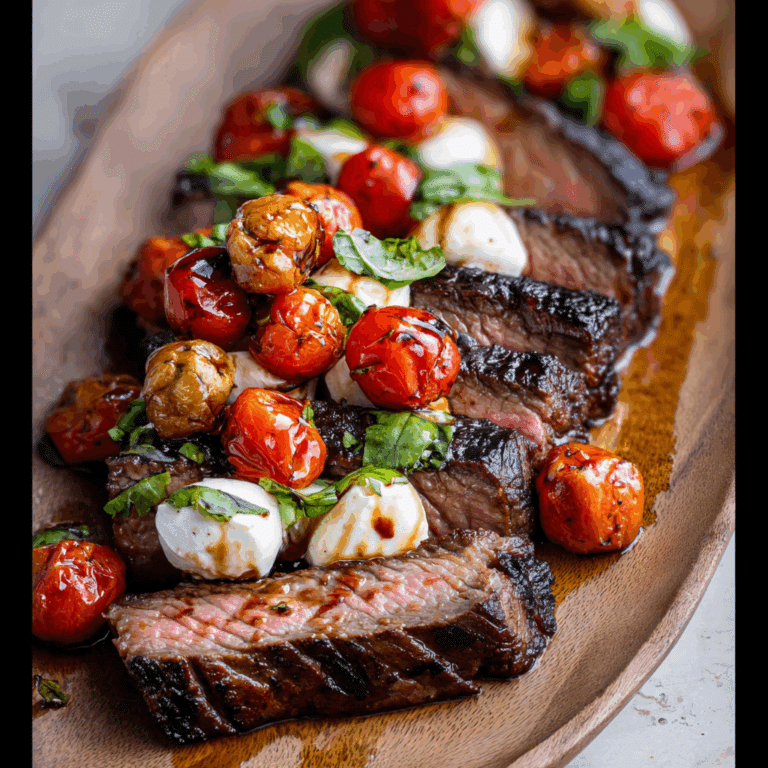Pheasant Pesto Pasta with Asparagus
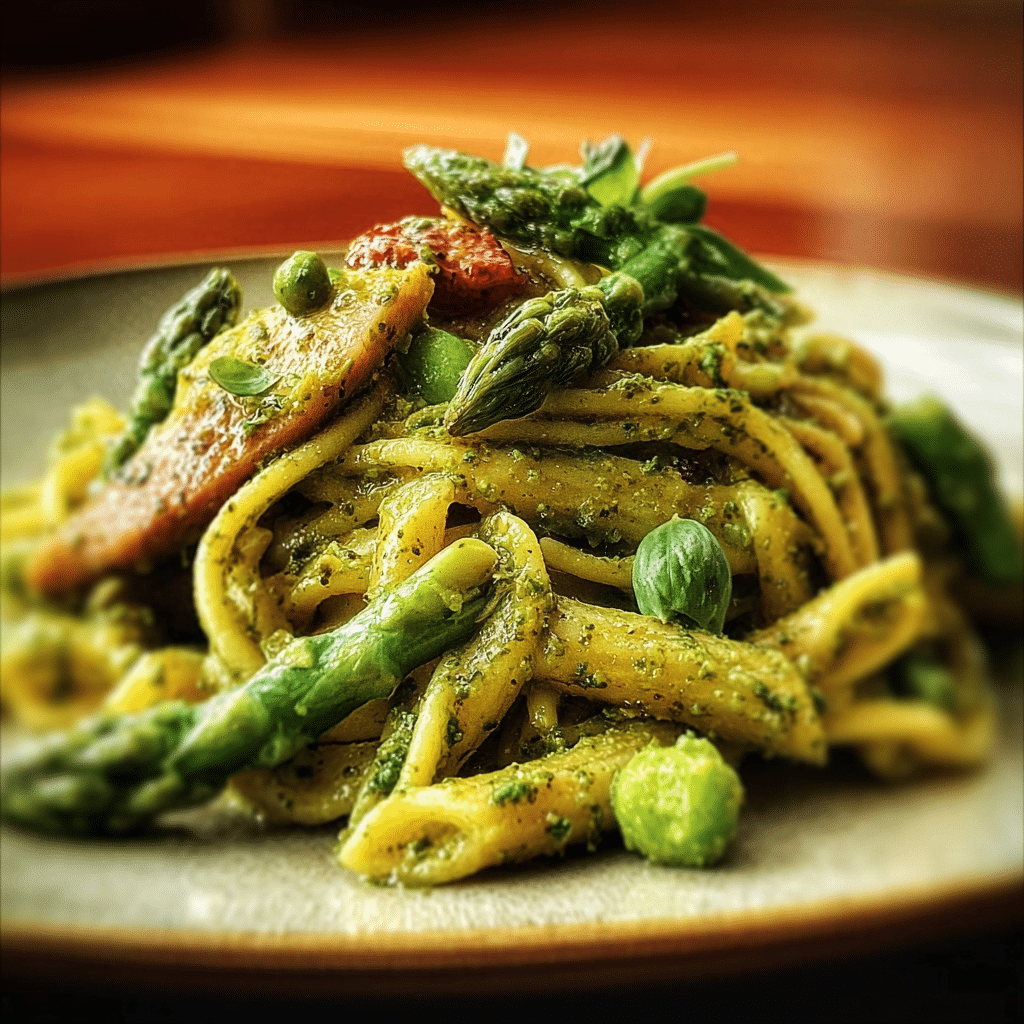
If you’re looking for a dish that’s both elegant and effortlessly delicious, this Pheasant Pesto Pasta with Asparagus recipe is a must-try. Combining tender pheasant meat, vibrant green asparagus, and the fresh, herbal punch of pesto, this meal is perfect for a quick yet impressive weeknight dinner. The flavors harmonize beautifully, making every bite a delightful celebration of spring’s best ingredients.
Why You’ll Love This Recipe
- Elegant but simple: Combines gourmet flavors with an easy preparation anyone can master.
- Nutritious and fresh: Uses wholesome ingredients like lean pheasant and crisp asparagus for a healthful meal.
- Quick weeknight dinner: Ready in under 30 minutes, perfect for busy evenings without sacrificing taste.
- Versatile and customizable: Easy to tweak ingredients for dietary preferences or ingredient availability.
- Seasonal flavors: Celebrates spring with fresh asparagus and aromatic basil pesto.
Ingredients You’ll Need
The key to making this Pheasant Pesto Pasta with Asparagus truly shine lies in using fresh, high-quality ingredients that each bring something unique to the dish. From tender pheasant to bright veggies and savory pesto, every component plays a vital role in its flavor and texture.
- Pheasant breast: Lean and flavorful, it adds a delicate gamey taste that pairs perfectly with pasta.
- Fresh asparagus: Provides a crisp, slightly sweet crunch and vibrant color.
- Fresh basil pesto: The star sauce that infuses the dish with savory, herbal depth.
- Pasta (fettuccine or linguine): A smooth, broad noodle to carry sauce and ingredients evenly.
- Olive oil: Adds richness and helps cook the pheasant and asparagus beautifully.
- Parmesan cheese: Sprinkled on top for a salty, creamy finish.
- Garlic: Adds warmth and complexity to the pesto and sauté.
- Lemon zest: A splash of brightness to balance the richness.
- Salt and pepper: Essential for bringing out every flavor note.
Variations for Pheasant Pesto Pasta with Asparagus
This recipe is incredibly adaptable, making it easy to personalize based on what you have in your pantry or your taste preferences. Here are some creative twists to inspire your next cooking session.
- Use chicken or turkey: Substitute pheasant with chicken breast or turkey for a similar texture and flavor.
- Swap asparagus for green beans: Offers a slightly different crunch and flavor but keeps the dish fresh.
- Try dairy-free pesto: Make a nut-based or avocado pesto for a vegan-friendly version.
- Add nuts: Toasted pine nuts or walnuts add an extra crunchy texture on top.
- Include sun-dried tomatoes: For a tangy, slightly sweet contrast to the pesto flavors.

How to Make Pheasant Pesto Pasta with Asparagus
Step 1: Prepare and Cook the Pheasant
Start by slicing the pheasant breast into thin strips for even cooking. Heat olive oil in a skillet over medium heat, season the meat with salt and pepper, and sear it until cooked through and lightly browned, about 4-5 minutes. Remove from the pan and set aside.
Step 2: Blanch the Asparagus
Trim the tough ends off the asparagus and chop into two-inch pieces. Boil water in a pot and blanch the asparagus for 2-3 minutes until bright green and tender-crisp, then immediately transfer to ice water to stop cooking and retain color.
Step 3: Cook the Pasta
In the same pot, cook your fettuccine or linguine according to package instructions until al dente. Reserve a cup of pasta water before draining.
Step 4: Combine Pasta with Pesto and Ingredients
Return the pasta to the pot, add the pesto, cooked pheasant, asparagus, and a splash of the reserved pasta water. Toss gently over low heat to coat everything evenly and warm through, avoiding drying out the sauce.
Step 5: Serve and Garnish
Transfer the pasta to serving plates, grate fresh Parmesan cheese on top, and add a sprinkle of lemon zest for brightness before serving immediately.
Pro Tips for Making Pheasant Pesto Pasta with Asparagus
- Slice pheasant thinly: Ensures quick cooking and tender bites every time.
- Don’t overcook asparagus: Blanch just enough so it remains crisp and vibrant.
- Reserve pasta water: Helps loosen the pesto sauce and binds the pasta together naturally.
- Use fresh pesto: Homemade or high-quality store-bought works best for flavor impact.
- Add lemon last: Keeps its zing and prevents bitterness during cooking.
How to Serve Pheasant Pesto Pasta with Asparagus
Garnishes
Top with freshly grated Parmesan, a light drizzle of extra virgin olive oil, and a few basil leaves to elevate the dish with added texture and aroma.
Side Dishes
This pasta pairs perfectly with a crisp mixed green salad dressed with lemon vinaigrette or roasted cherry tomatoes to complement the fresh, herbal notes.
Creative Ways to Present
Serve in shallow bowls to highlight the vibrant greens and golden pheasant slices, or twist the pasta into nests lined with asparagus tips for an attractive plating that impresses every time.
Make Ahead and Storage
Storing Leftovers
Keep any leftover Pheasant Pesto Pasta with Asparagus in an airtight container in the refrigerator for up to 3 days to maintain its fresh flavors.
Freezing
While pesto pasta dishes freeze well, for best results freeze the cooked pheasant separately. Combine after thawing to prevent texture changes in the pasta and vegetables.
Reheating
Reheat gently on the stovetop or in the microwave with a splash of water or broth to revive the sauce and prevent drying out.
FAQs
Can I use chicken instead of pheasant?
Absolutely! Chicken breast makes a great substitute if you can’t find pheasant, providing a similar texture and mild flavor that works well with pesto and asparagus.
Is fresh asparagus necessary for this recipe?
Fresh asparagus delivers the best crunch and vibrant color, but frozen asparagus can be used in a pinch; just be sure to cook it briefly to avoid mushiness.
Can I make this recipe vegan?
Yes, by using vegan pasta, dairy-free pesto, and skipping the Parmesan or using a plant-based cheese alternative, you can easily enjoy a vegan version.
How long does it take to cook pheasant?
Pheasant breast cooks quickly, about 4-5 minutes per side depending on thickness, so keep an eye on it to avoid overcooking and drying out the meat.
What type of pesto works best?
Traditional basil pesto is ideal, but you can experiment with other herb bases like parsley or arugula pesto for a new and exciting flavor twist.
Final Thoughts
This Pheasant Pesto Pasta with Asparagus recipe is a wonderful way to bring something special to your dinner table without a lot of fuss. Its vibrant colors, fresh flavors, and comforting textures create a dish you’ll want to make again and again. Give it a try — your taste buds and your weeknight will thank you!
Related Posts
- How to Make Dirty Shrimp in Butter Beer Sauce Fast
- Why Surprise Taco Pie – The surprise is the crust!
- 7 Reasons Garlic Butter Rotini with Beef, Italian Sausage and Spinach Will Wow You
Pheasant Pesto Pasta with Asparagus
Pheasant Pesto Pasta with Asparagus is a refined yet simple weeknight dish combining tender pheasant meat, fresh asparagus, and aromatic basil pesto. Ready in under 30 minutes, it offers a nutritious, vibrant celebration of spring’s best flavors with a delightful balance of textures and tastes.
- Prep Time: 10 minutes
- Cook Time: 15 minutes
- Total Time: 25 minutes
- Yield: 2-3 servings 1x
- Category: Main Course
- Method: Sautéing
- Cuisine: European
- Diet: Contains Gluten
Ingredients
Protein
- 8 oz pheasant breast, thinly sliced
Vegetables
- 1 bunch fresh asparagus, trimmed and cut into 2-inch pieces
- 2 cloves garlic, minced
- Zest of 1 lemon
Pasta & Sauces
- 8 oz fettuccine or linguine pasta
- 1/2 cup fresh basil pesto
Oils & Fats
- 2 tablespoons olive oil
Cheese & Seasonings
- 1/4 cup freshly grated Parmesan cheese
- Salt, to taste
- Freshly ground black pepper, to taste
Instructions
- Prepare and Cook the Pheasant: Slice the pheasant breast into thin strips for even cooking. Heat olive oil in a skillet over medium heat, season the meat with salt and pepper, and sear until cooked through and lightly browned, about 4-5 minutes. Remove from the pan and set aside.
- Blanch the Asparagus: Trim the tough ends off the asparagus and chop into 2-inch pieces. Boil water in a pot, then blanch asparagus for 2-3 minutes until bright green and tender-crisp. Immediately transfer to ice water to stop cooking and retain color.
- Cook the Pasta: In the same pot, cook pasta according to package instructions until al dente. Reserve 1 cup of pasta water before draining.
- Combine Pasta with Pesto and Ingredients: Return pasta to pot, add basil pesto, cooked pheasant, asparagus, and a splash of reserved pasta water. Toss gently over low heat to evenly coat and warm through, avoiding drying out the sauce.
- Serve and Garnish: Transfer pasta to serving plates, sprinkle with freshly grated Parmesan cheese and lemon zest for brightness. Serve immediately.
Notes
- Slice pheasant thinly for quick, tender cooking.
- Don’t overcook asparagus; keep it crisp and vibrant by blanching briefly.
- Reserve some pasta water to loosen pesto sauce and help it bind to pasta.
- Use fresh, high-quality pesto for the best flavor impact.
- Add lemon zest last to preserve its brightness and avoid bitterness.
Nutrition
- Serving Size: 1 serving (approx. 1/3 of recipe)
- Calories: 450
- Sugar: 3g
- Sodium: 450mg
- Fat: 18g
- Saturated Fat: 4g
- Unsaturated Fat: 12g
- Trans Fat: 0g
- Carbohydrates: 40g
- Fiber: 4g
- Protein: 30g
- Cholesterol: 75mg
Keywords: pheasant pasta, pesto pasta, asparagus pasta, quick pesto recipe, spring pasta dish, elegant weeknight dinner

